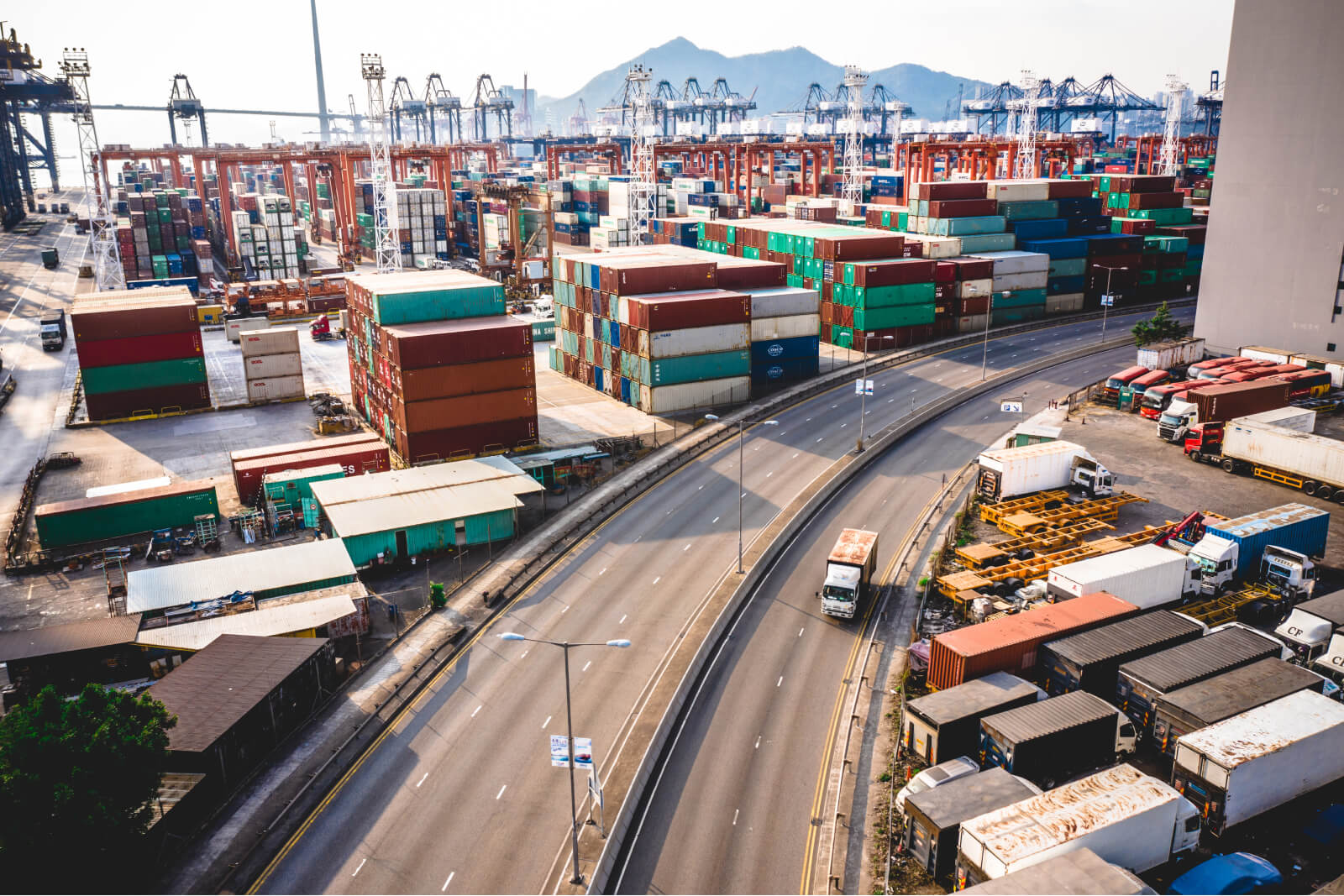
FourKites recently wrapped up our third annual Carrier & Broker Visibility Summit. This is one of our longest-running events and though it’s been virtual these past two times around, it’s always great to have the chance to sit down with some of the carrier and broker partners that literally make our platform possible.
Supply chain visibility, like most of the modern world that a lot of us take for granted, is built upon the hard work of truck drivers, carriers and brokers. Knowing this, it was great to have a chance to speak with Lori Eakins of C.R. England, Scott Sandager of Arrive Logistics, and Brian Nessel of GlobalTranz, to talk about how the ever-evolving landscape of supply chain visibility technology fits into their busy day-to-day lives.
Over the past few years working here at FourKites, I’ve seen the conversation around supply chain visibility begin to change, especially where drivers and carriers are concerned. As supply chain visibility platforms continue to mature, I expect we’ll see these conversations grow and develop in complexity and nuance. Here are a few of the things we discussed about the changing nature of our industry.
In the first session of our summit, we heard from some of our shipper customers, Kimberly Clark and Henkel, as they weighed in on how expectations are rising for carriers and shippers alike, and better technological processes are needed from both parties in order to improve data flows, strengthen operations, and more.
As I catch myself having to say time and time again, it’s not just the shippers who stand to benefit here, but all parties in the freight network and ecosystem. The key here is simplicity. The more different partners within the freight ecosystem that we can get connected and visible within a single pane of glass, the simpler things will become for all parties involved.
Lori bore a strong testimony to this when she told me that using FourKites is as simple as flipping a switch for C.R. England, especially compared to the more old-fashioned legacy systems which have been used in the past. I know I’ve heard the same things from many of our driver and broker partners as well. It just goes to show that visibility doesn’t only make things simpler for the shipper – It has the potential to simplify operations for just about everybody, no matter what size the operation.
“[FourKites] is a very easy setup for us. It’s really as simple as flipping on a switch for that specific customer. So as I compare the setup for FourKites to a traditional, old-fashioned EDI setup, the ease of that is significantly greater for us.”
– Lori Eakins, C.R. England
When things go wrong with any shipment, it tends to snowball. The truck might miss a subsequent pickup, capacity gets tighter, and at the end of the day you’ve got a driver sitting at a stop for longer than they have to, being miserable the entire time. Needless to say, no one wants any of that. So the question then comes down to every party involved in creating that situation in the first place: What can we do to make sure that happens as little as possible?
Lori made a great point when she said that the idea of the first come, first served facility is becoming pretty antiquated. In this day and age, especially as solutions come of age which allow you to see simultaneously what is going on at both the yard and on the road, there’s just no longer an excuse for facilities to be operating inefficiently and wasting drivers’ time.
But as Scott Sandager of Arrive Logistics pointed out: Visibility is really only the first step. It’s table stakes. Once you have it, you can start to solve the real problems that we’re all dealing with, like high dwell times, low capacity and missing inventory. But before you can do that, you have to treat visibility like any other change management process or technology. You need to make sure business objectives are aligned throughout the organization. You’ve got to develop cohesive strategies and incentives and really get everybody on the same page with this technology before you’re going to start to see some real value. That’s as true for carriers and brokers as it is for shippers and 3PL’s.
“It’s a real value-add to collaborate with both the shipper and the carrier on where the shipment is at all times…We have an entire department devoted to visibility. It’s what’s needed to be done right now. You continue to automate things as best you can, but it really has become a function of a transaction.”
– Brian Nessel, GlobalTranz
It came up several times during our talk, that this is really not the same industry that it was ten years ago. We’re not having that “Big Brother” conversation nearly as much as we did back when I first started at FourKites. Now, carriers have a better understanding of the need on the customer side, as well as the potential for their own businesses.
Instead of asking questions like “Why do I need to do this,” and “How do I know you all aren’t abusing my data,” I’m hearing “How can we get connected with the least amount of hassle,” and “What are some ways I can start to get value out of this data for my organization?”
As Brian Nessel put it well, No one wants to get a phone call at 3am in the morning, whether they’re a carrier, a broker, a shipper or a customer. There’s two people on the line for every call, so if you can save one person from having to make a phone call to find out where something is, you’re automatically saving time for someone else as well.